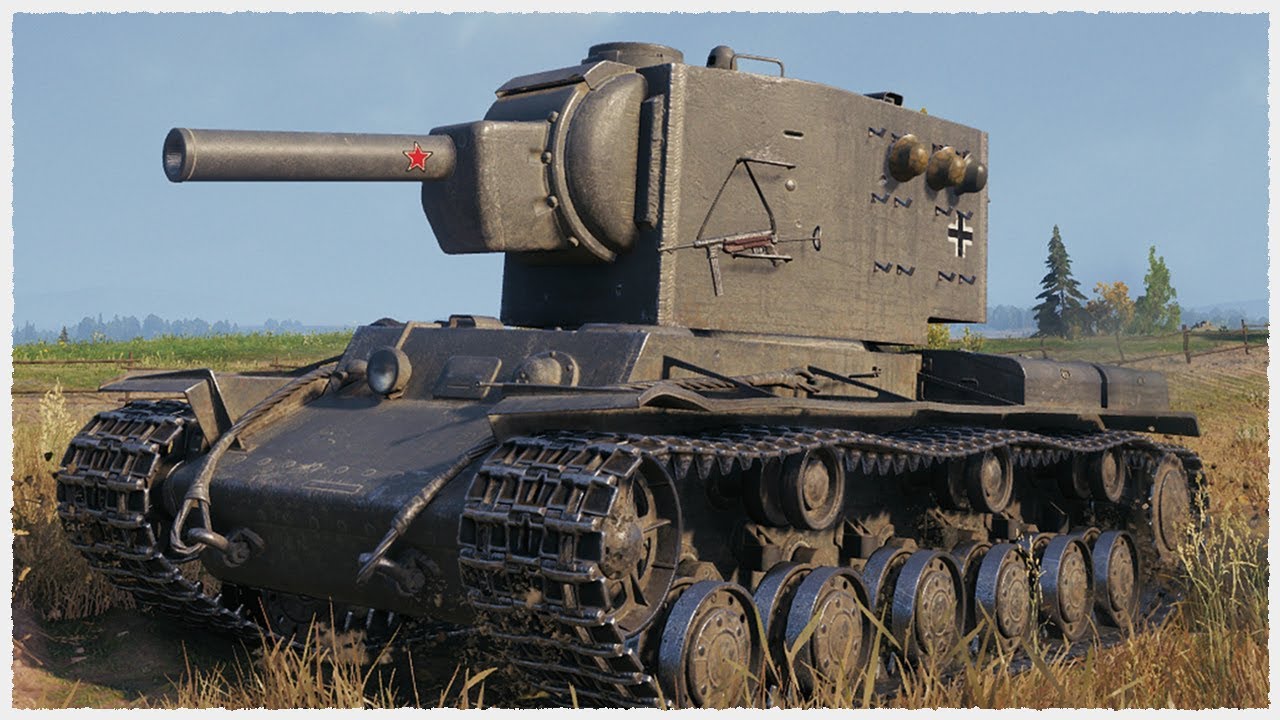Liechtenstein
‘An official investigation into Liechtenstein’s World War II history […] has found that forced labor from a [Axis] concentration camp worked on estates owned by the royal family in [Axis]-occupied Austria at the time.’ (Source.)
Portugal
By 1938, the Third Reich was the Estado Novo (Portugal)’s second largest trading partner. Its balance of trade went from a $90 million shortfall in 1939 to a $68 million surplus in ’42; the Bank of Portugal’s assets more than tripled and those in the private banks nearly doubled during World War II’s first four years. The Third Reich depended on the Estado Novo’s rich wolframite and tungsten ore deposits, which were critical for producing more war munitions and particularly the armour‐piercing kind. Tungsten ore was so valuable that the Allies tried to buy as much as possible before the Reich could, and when that failed they used economic sanctions on the Estado Novo in 1944, but the Reich bypassed this by simply cloaking its mining interests there. (Source.)
Spain
This is the most obvious addition, but few of us are familiar with the details. Like the Estado Novo, the Kingdom of Spain supplied the Reich with wolframite, but it also channelled oil into the Reich. (Source.) Likewise, while never officially part of the Axis, the Spanish ruling class still sent about 47,000 other anticommunists, and medical services, to assist in the reinvasion of Soviet Eurasia. Read Transnational Exchange in the Nazi New Order for the details in that regard. Finally, the Spanish ruling class sent a good deal of arms to the Third Reich; it vended 85,350 copies of the Astra 300, for example, to the Third Reich during the 1940s.
Sweden
The Swedish ruling class built some of its wealth on supplying the Third Reich’s war effort with scarce essential resources (such as iron ore) for weapons, possibly prolonging World War II by one year. (Source.) Despite its neutrality policy, the Swedish ruling class smuggled Fascist weaponry to Finland, used scores of thousands of railroad cars to transport over a million military personnel on leave to the Reich and another million to Norway from 1940 to ’43, and at least a hundred Swedish anticommunists directly assisted the Axis in warfare. They, like some of the Baltic anticommunists (Baltutlämningen) who took refuge there, never suffered either extradition or prosecution when they returned to the Kingdom of Sweden. (Sources and details here.)
Switzerland
Some have written entire books on how Swiss banking benefited the Third Reich. In short, this was the most frequent client among all of the so‐called ‘neutral’ countries due to its liberal policies and willingly supplied the Reich with loans, gold reserves, munitions, machines, oil, electricity, aluminium, and much more.
Turkey
Turkish chromite was essential for the Reich’s defence industries, particularly for hardening steel for armour. It was so critical, in fact, that the Reich’s war production probably would have shut down in only ten months if Turkey’s ruling class stopped giving any to the Reich. The Turkish ruling class signed the Treaty of Friendship with the Reich’s in June 1941 (it almost officially joined the Anti‐Comintern Pact) and it did not cease shipping chromite ore to the Reich until international pressure overwhelmed the Turks in April 1944. (Source.) Although the Turkish government did declare war in 1945, it appears that this was simply a diplomatic maneuver and it meant nothing in practice militarily.
(ETA: Liechtenstein.)
Hopefully, someday in the future, WWII will be described in the history books, as an attempt by the Imperialist core to destroy the Soviet Union using the Nazis as a proxy force. The Nazis had full complicity from all of Europe.
List needs Finland, who assisted the Nazis on the Eastern front in the continuation war, and directly accepted large volumes of wartime supplies from the Nazis.
Believe me, there’s plenty to say about the Finnish ruling class’s rôle during the 1930s and 1940s.
But was Finland one of the countries that was officially ‘neutral’ during WWII? I thought that it sided with the Axis. In which case, I’d need to make a separate thread about it.
They didn’t join the Axis, but they did side with them.



